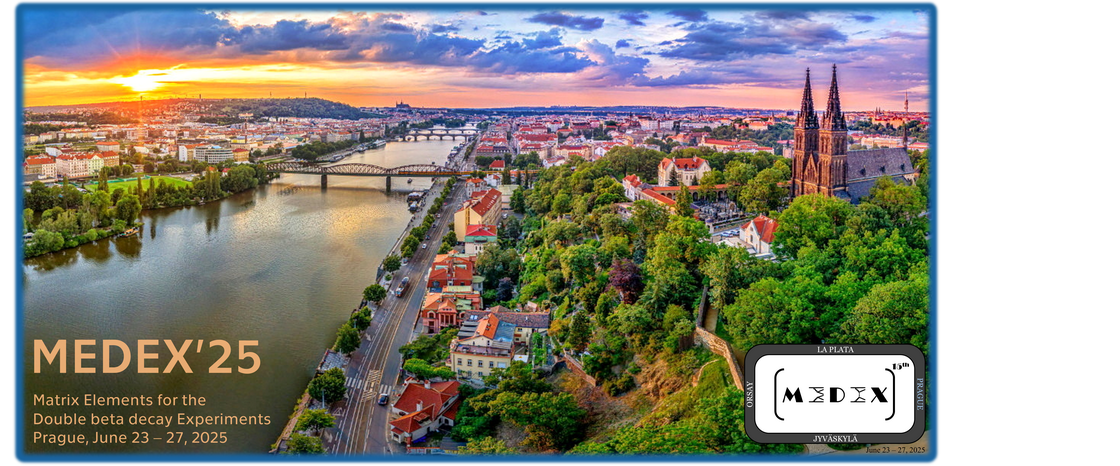Speaker
Description
Gadolinium-160 ($^{160}$Gd) is a candidate for double beta decay with relatively high natural abundance (21.9%). However, its low Q-value (1.73 MeV) makes the observation of even the two-neutrino double beta decay (2$\nu$2$\beta$) extremely challenging. Previous experiments using a 2-inch Gd$_2$SiO$_5$ (GSO) scintillator couldn’t detect 2$\nu$2$\beta$ due to significant background from intrinsic uranium and thorium series in GSO. As a result, the search established a lower limit of 1.9$\times$10$^{19}$ years on the 2$\nu$2$\beta$ half-life. Meanwhile, a theoretical prediction suggests a 2$\nu$2$\beta$ half-life of approximately 7.4$\times$10$^{20}$ years.
The PIKACHU experiment is designed to overcome the limitations by employing large Gd$_2$Ga$_3$Al$_2$O$_{12}$ (GAGG) single crystals and to observe 2$\nu$2$\beta$. GAGG offers several advantages over GSO: higher light yield, possibility of pulse shape discrimination, and a higher $^{160}$Gd content by increasing in size. We planned two phases: Phase 1 aims to update the current lower limit on the 2$\nu$2$\beta$ half-life, and Phase 2 is intended to achieve a sensitivity approximately an order of magnitude better than previous study, with the goal of observing the decay.
In this presentation, I will introduce the PIKACHU experiment, present on the development of high-purity GAGG crystals, and report the current status of data acquisition and analysis for Phase 1.

